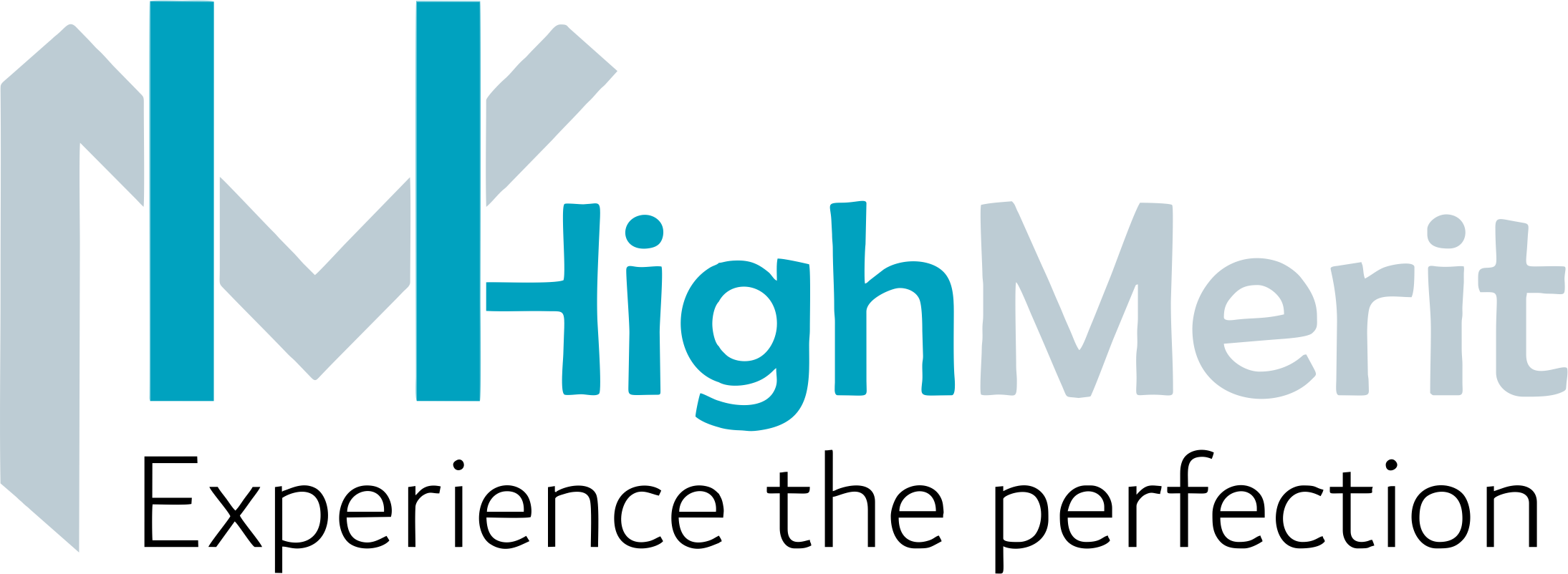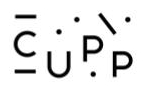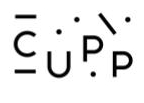Title Page
-
Site conducted
-
Conducted on
-
Prepared by
-
Location
Inspection Report
Compliance to Laws and Regulations
-
The registration of de-salination system is valid and up-to-date.
Personnel
-
Personnel with infections restricted
-
Outer garments suitable; clothing clean
-
Hands washed and clean; good hygiene practiced
-
Supervisory personnel competent, qualified
-
Handwashing facilities are adequate and up-to the standard requirement (With warm water/ handwashing soap/ hand sanitizer/ paper towel)
-
All the protective clothing required are supplied before entering to the plant
-
Visitor policy is implemented
Grounds
-
Premises free of litter and debris; potential pest harborage removed; grounds, roads, yards, parking lots free of dust, uncut weeds, grasses and unused equipment
-
Waste and disposal systems properly operated and maintained
Building and Facilities
-
Adequate washing, filtering, filling and storage rooms provided, used properly, contain only approved equipment, properly spaced
-
Floors of suitable construction, clean, good repair, properly sloped where required
-
Walls of suitable construction, clean and in good repair
-
Ceilings of suitable construction, clean and in good repair
-
Lighting adequate; adequate protection from glass breakage
-
Rooms and equipment vented as required; ventilation equipment properly located and filtered.
-
Outer openings into filling rooms protected against entry of dust and insects; RO and filling room doors open outwards.
Water Supply
-
Water supply must come from an approved source.
-
Water quality is inspected daily
-
Water purification systems approved and properly operated; water supply and temperature adequate; water piping approved and properly protected
-
Bulk water source approved, bulk water transported and handled in an approved manner
Disposal of Wastes
-
Liquid wastes disposed of in an approved manner
-
Solid waste properly handled, stored, and disposed
-
Broken glass policy is implemented
Plumbing
-
Plumbing properly maintained, meets code requirements
-
Floor drainage adequate
-
No cross connections, backflow
Toilet Facilities
-
Sewage must be disposed of in a sanitary manner.
-
Toilet facilities adequate, meet code requirements, properly designed and installed; ventilation adequate
-
Toilets equipped with self-closing doors; fixtures in good repair; clean; tissue, soap sanitary towels/hand-drying devices, waste receptacles, hand- washing sign provided.
Dressing Rooms and Locker Areas
-
Dressing rooms or areas provided when clothes changed at the plant, clean, good repair
-
Adequate lockers or suitable facilities provided and properly located for clothing and other personal belongings
Sanitary Operation
-
No substantial presence of rodents or insects may be allowed anywhere on the premises.
-
Building, fixtures and other facilities in good repair, sanitarily maintained, cleaning properly conducted; detergents, sanitizers, chemicals safe, effective, properly identified, used and stored
-
Insecticides and rodenticides properly labelled, used and stored
Equipment and Utensils
-
Equipment and utensils of easily cleanable construction, properly designed, kept clean and in good repair
-
Equipment properly installed and maintained
-
Storage tanks provided with tight – fitting covers; covers kept closed
-
Line covers provided, clean and in good repair
-
Bottle washing machine is operated by trained personnel
-
Records are implemented for temperature monitoring of the bottle washer
Process Controls
-
Bottled water properly protected during all steps of processing
-
Adequate supervision provided; all reasonable precautions taken to prevent product contamination
-
Chemical, microbiological and extraneous material testing adequate;
-
Raw materials properly handled, stored and labelled
-
Only product lines are used for manufacturing bottled water
Cleaning and Sanitizing
-
Food-contact surfaces clean
-
Non- food contact surfaces clean
-
Cleaning and sanitizing agents safe, adequate, properly labelled and stored
-
Cleaning and sanitizing equipment properly handled and stored above the floor
-
Food-contact surfaces properly sanitized
-
Container washers properly operated, equipped and maintained
-
Returnable containers properly washed, rinsed and sanitized by an approved method
-
Returnable container washer records properly maintained
Inspection of Returnable Containers
-
Returnable containers properly stored and inspected prior to filling
-
Defective returnable bottles destroyed; destruction of bottles conducted in an approved manner
-
Electronic inspectors operating properly
-
Inspectors periodically rotated to non-inspection work
-
Returnable bottles of proper design for easy inspection
Container Closures
-
Container closures safe, manufactured from food-grade materials, washed properly before using
-
Container closures properly packaged and stored prior to use
-
Contaminated container closures discarded
Filling and Sealing
-
Filling and sealing operations conducted in a sanitary manner
-
Containers adequately filled and sealed with approved mechanical equipment
-
Glass filling equipment provided with adequate shields
-
Satisfactory procedures followed for removing broken glass from filling equipment
-
Contents of imperfectly sealed containers discarded
Ingredients and Labelling
-
All ingredients from approved sources
-
All bottled water labelling in conformance with standard labelling requirements
Storage of the Ready-To-Use Bottles
-
Filled water bottles are stored above 8 inches from the floor
-
Used bottles are properly segregated and labelled to avoid cross contamination
-
RTS Water bottles are properly stored and handled in the house keeping pantries (Stored above 6 inches from the floor)
-
Water bottles are stored away from non-food grade chemicals











